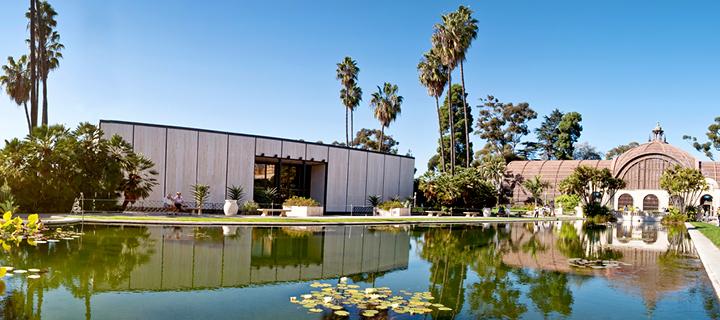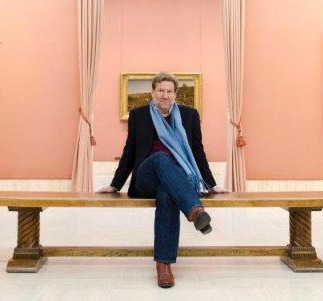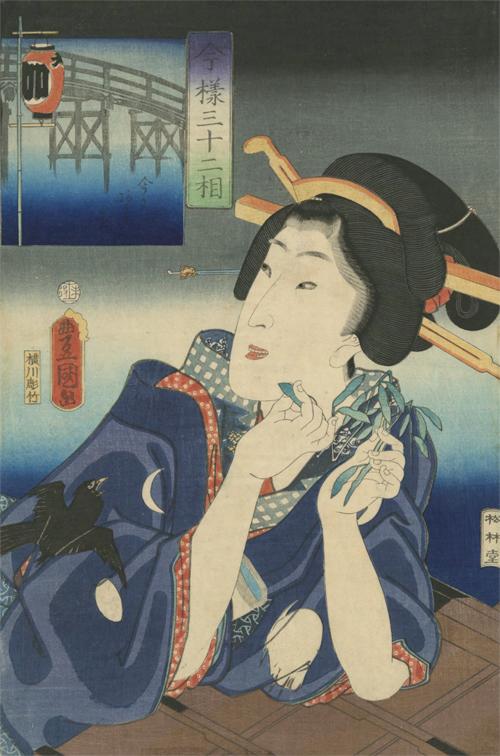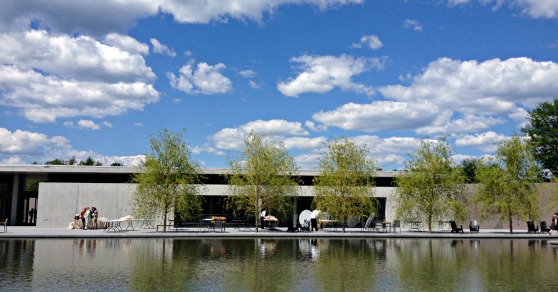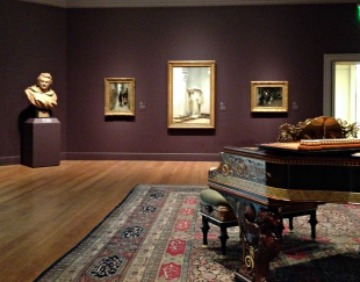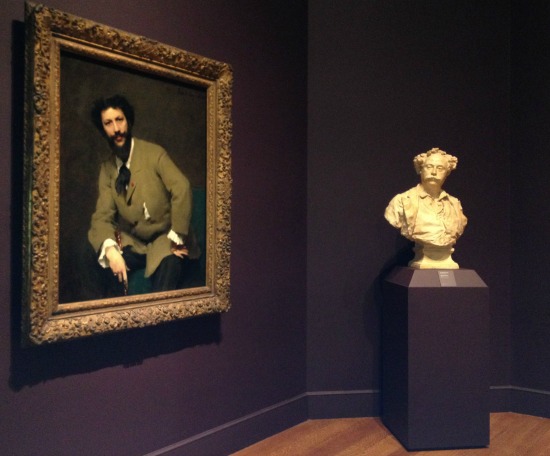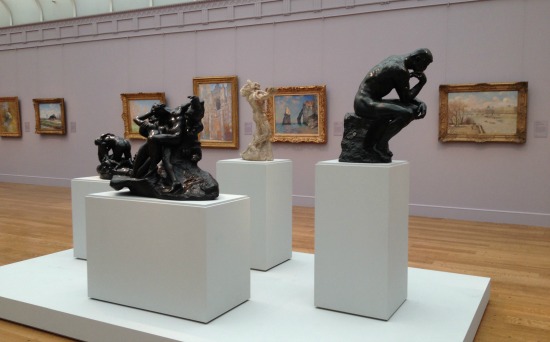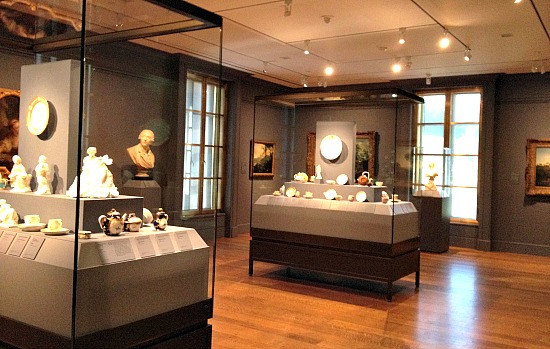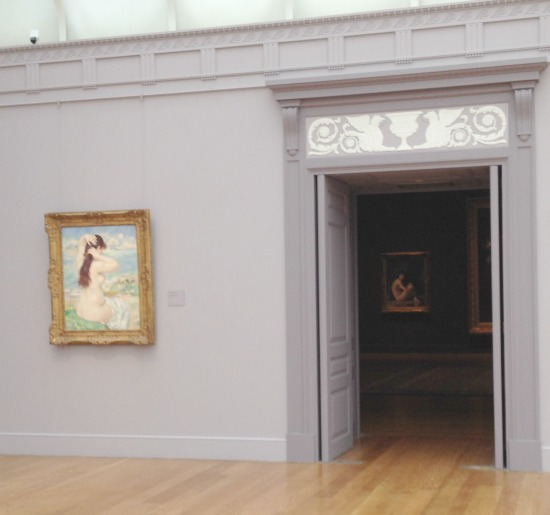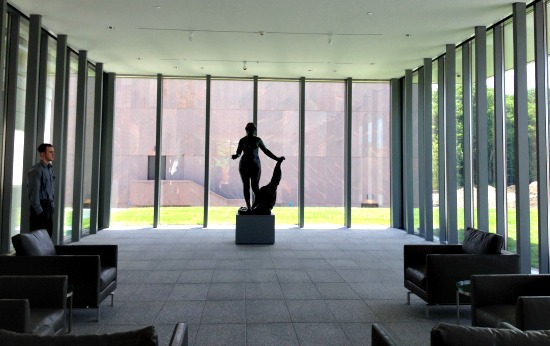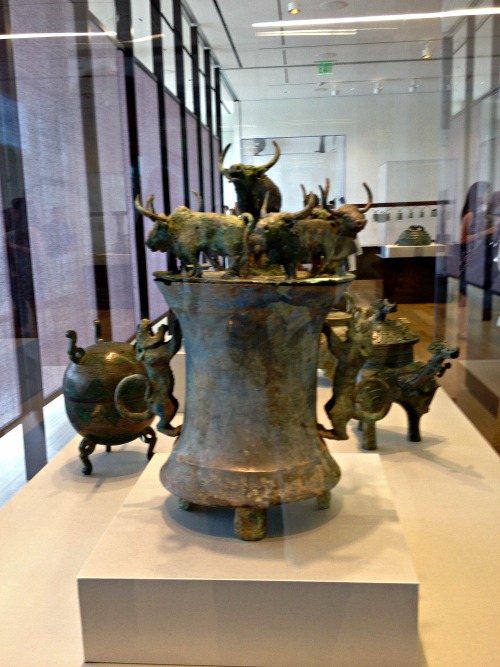China is still building museums like a maniacal child erecting skyscrapers with Legos — but the rate has now slowed from one a day last year to one every three days, according to Cathy Giangrande, the co-author (with Miriam Clifford and Antony White) of  the new Chinese Museums Association Guide, which updates their 2009 book China: Museums.
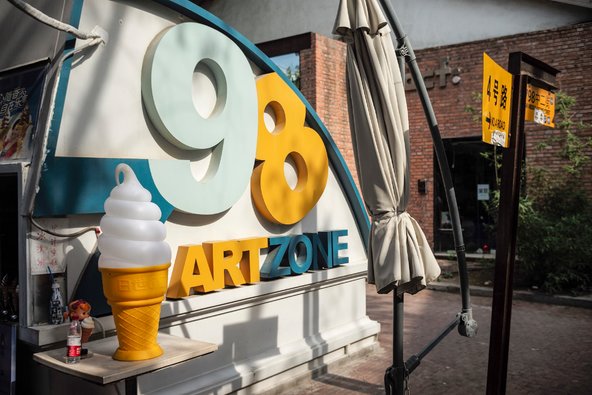 The Sinosphere blog of The New York Times just did a Q&A with Giangrande. In it, she reveals some noteworthy thoughts — or updates on what we know. To wit:
The Sinosphere blog of The New York Times just did a Q&A with Giangrande. In it, she reveals some noteworthy thoughts — or updates on what we know. To wit:
- “In terms of content, one of the biggest changes is that museums, especially contemporary art museums, now sometimes include foreign artists. In the past, Chinese museums held almost exclusively Chinese collections.”
- “The most obvious [strength] is the beauty of many of the designer museums now being built. However, they are often only architectural showcases, rather than useful gallery space. This is a pattern which we have seen particularly with the new contemporary museums.”
- “Â One of the challenges for contemporary museums is finding good content and presenting it in a digestible form for the emerging middle class.”
- “Many of China’s museums still exist to reinforce a sense of patriotism and to tell an official version of history. Exhibitions in Chinese museums are still reviewed by the censors before opening, although, reading between the lines of those we spoke to, there is a sense that this process is getting less stringent.”
- “What is needed is much better curatorial standards and also, in some cases, exhibition design. Lack of professionally qualified museum staff was a reoccurring theme when we spoke to museum directors and the Chinese Museums Association. But this too is being addressed by sending students abroad to learn in museums in the U.S. and Europe. The bar needs to be raised, but they are on it and it’s just a matter of time.”
Photo Credit: 798 ArtZone in Beijing by Miriam Clifford, courtesy of the NYTimes

